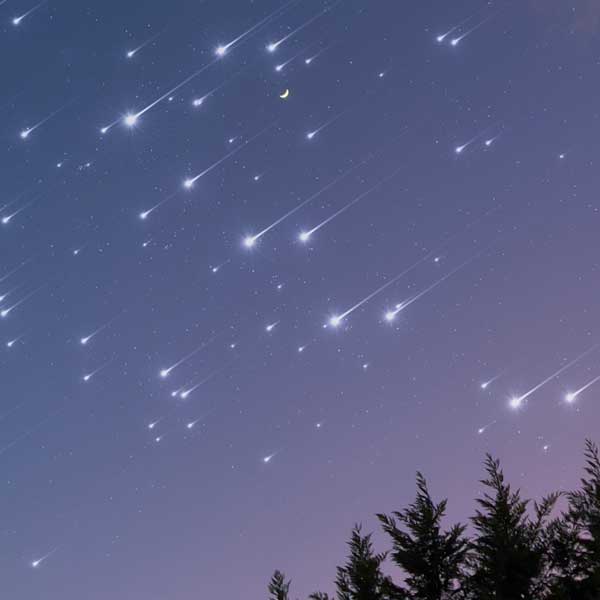The Geminid meteor shower fills the sky with wonder once again

[Meteor Shower Starry Sky, Photo credit to Pixabay]
The annual Geminid meteor shower lit up the night sky, giving yet another breathtaking star filled view to people across the globe.
The Geminid meteor shower is known as one of the most reliable astronomical occurrences that take place every year between late November and mid-December.
This celestial display, which first appeared in the mid-1800s, originates from asteroid 3200 Phaethon.
The space rock, which orbits the sun every 1.4 years, leaves a dusty trail that Earth passes through annually, creating the meteor shower.
The phenomenon has grown in intensity over the decades with modern displays capable of producing up to 120 meteors per hour under optimal conditions.
However, this year’s show faced notable challenges due to the concurrent full moon, leading experts to predict only 15-50 visible meteors per hour.
Despite these limitations, the event, which began December 4th and will conclude December 20th, still managed to captivate observers worldwide.
In South Korea, viewers gathered at midnight on December 14th when the meteors were visible from nearly every location in the country.
Meanwhile, spectacular views were reported from locations as diverse as Egypt, Hawaii, and Canada.
Atop Mauna Kea, Hawaii’s highest mountain and a dormant volcano, multiple astronomers utilized Japan’s Subaru telescope to document the event.
They reported that despite the moonlight’s interference, their advanced equipment captured 150 meteors.
Earlier in the shower, on December 8th, photographer Osama Fathi successfully documented the phenomenon over Egypt’s desert landscape.
"Despite the…full moon this year, I managed to successfully [record] several meteors despite the presence of some light clouds that added an artistic touch to the light," Fathi told space.com.
"The old mudbrick dovecote in the image adds an authentic, traditional feel and represents a beautiful contrast between earth and sky.”
Scientists, content creators, and astronomy enthusiasts sought out rural locations to observe the celestial display.
While this year’s shower may not have reached its original standard due to lunar interference, anticipation is already building for December 2025.
The Geminid meteor shower will officially end on December 20th.

- Jaeah Kim / Grade 7
- Seoul International School

![THE HERALD STUDENT REPORTERS [US]](/assets/images/logo_student_us.png)
![THE HERALD STUDENT REPORTERS [Canada]](/assets/images/logo_student_ca.png)
